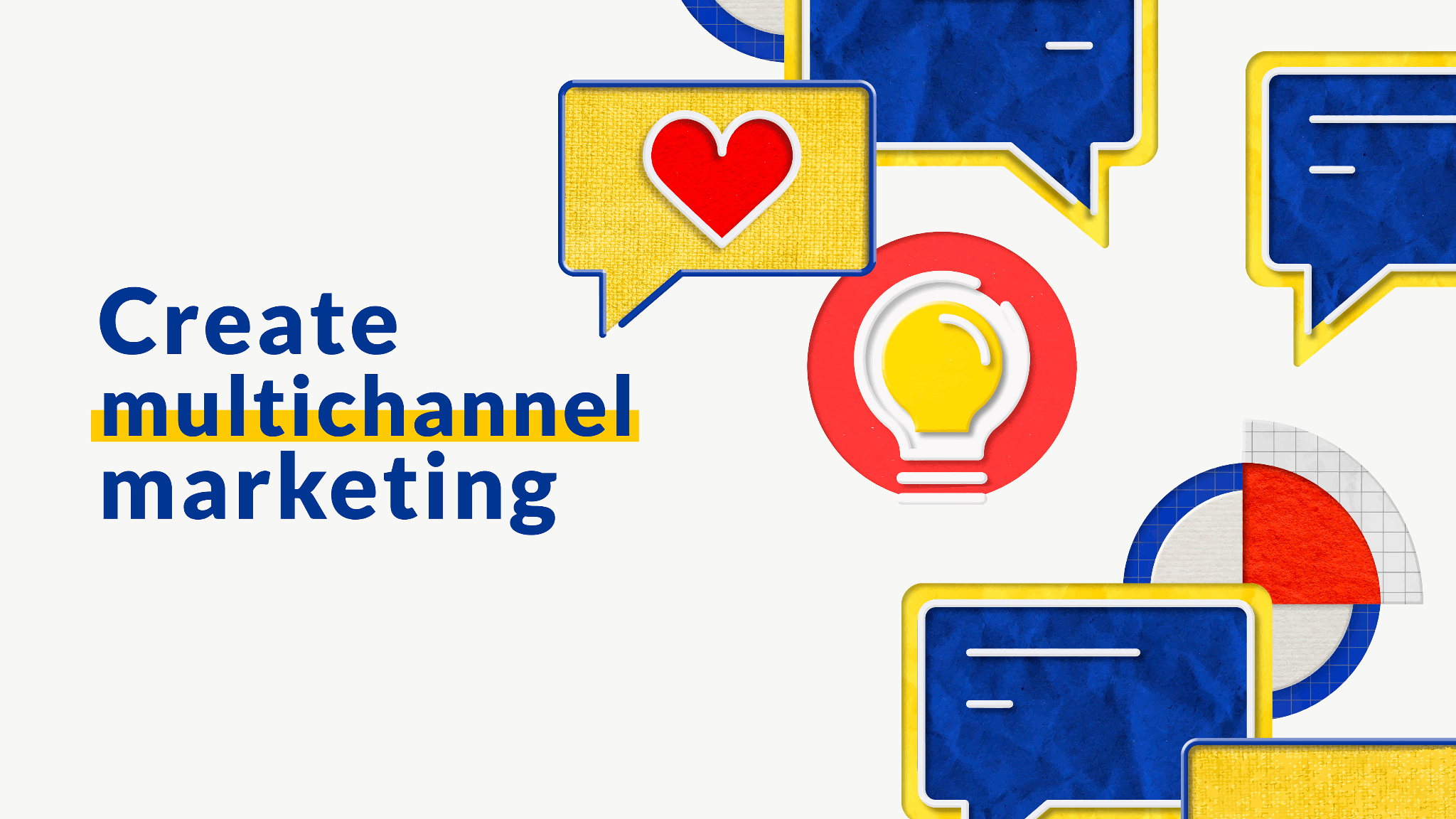
The marketing landscape in 2025 is dynamic, data-driven, and fragmented. Whether you’re a startup founder, DTC brand, or a seasoned growth marketer, understanding which marketing channels genuinely drive results has become mission-critical. Amidst AI-powered platforms, evolving consumer behaviors, and rising acquisition costs, channel strategy sits at the heart of competitive advantage. This comprehensive guide explores modern marketing channels, their evolution, and how brands can harness their unique strengths to grow reach, LTV, and ROI in 2025.
Ready to build a smarter channel mix? Start on our homepage to explore how we support scaling brands.

Marketing channels are the distinct avenues—both digital and traditional—through which brands communicate with, engage, and influence their audiences. These pathways facilitate the journey from awareness to conversion and loyalty, using media vehicles such as email, SEO, influencer partnerships, live events, and TV ads.
Historically, brands relied on print, radio, TV, and out-of-home (OOH). Digitalization changed that. Today’s marketers orchestrate campaigns across owned assets (websites, email), paid activations (ads, sponsorships), and earned media (press, UGC, shares). Channel selection is now deeply tied to customer experience, tech stack, and testing frequency.
“Channel” refers to the path your message travels—email, SEO, events, display.
“Platform” is the tool or environment (e.g., Meta, Google Ads, HubSpot) used to manage one or more channels.
“Medium” is the format (blog post, video, display ad) that expresses a message within a channel.
Correctly differentiating these lets marketers structure full-funnel systems rather than chasing feature trends.
Examples: paid search (Google, Bing), paid social (Meta, TikTok, LinkedIn), programmatic display, native ads, affiliate and influencer partnerships. Best when you need fast reach, targeting precision, or pipeline tests.
Your controllable assets: website, blog, app, organic social presence, email and SMS lists, webinars, podcasts.
Exposure you earn: organic mentions, reviews, press coverage, influencer posts, social shares.
The most effective strategies weave these together. For instance, a sponsored influencer campaign (paid) might drive UGC (earned), which you then display through your owned channels.
Still the backbone of retention and personalization, email yields strong ROI when segmented and automated. For example, a wellness brand personalizes onboarding flows and sees a 25% lift in repeat purchase.
Long-term channel that fuels sustainable acquisition. The best SEO now integrates content, UX, technical optimization, and authority signals. Over half of many websites’ traffic still comes from organic search.
Micro- and nano-influencers now drive more conversions than mass influencers. DTC brands often report 20–35% of funnel-level engagement comes from influencer-driven content.
Includes retargeting, social ads, search ads, video, native formats. Global ad spend is projected to hit new highs—an indicator of how vital this channel still is.
Long-form content, video, podcasts, and interactive tools help generate inbound interest, capture leads, and serve as fuel for remarketing.
We go deeper into this approach in our guide: What is Full-Funnel Marketing?
Let’s talk about how data, creativity, and performance strategy can drive real growth.
Partner with Future Digital to turn insights into measurable results.
Virtual or physical events remain a way to build brand authority and direct engagement. Many companies now blend webinars with in-person activations to generate UGC and press.
Channels for product research – ‘I Bought This on Social Media

Digital channels (paid social, search, email, content, in-app messaging) are measurable, testable, and targeted—ideal for scalable growth.
Traditional channels (TV, radio, print, billboards) still deliver mass awareness and credibility in certain markets or for big launches.
Successful brands test both, then reallocate dynamically to the channels that outperform in their vertical.

According to Statista’s 2025 global ad spend forecast, digital channels continue to dominate, especially in performance-driven sectors.
In 2025, channel mastery is the differentiator between brands that grow and those that plateau. Get selective, test smart, measure deeply, and invest in synergies across paid, owned, and earned channels. Integrating these, powered by data and experimentation, is the roadmap to reach, loyalty, and ROI.
Want us to help you map your channel strategy? Let’s get started.
What are the 4 types of marketing channels?
Typically categorized as paid, owned, earned, and (sometimes) shared or channel mix.
How do I choose the right marketing channels?
Align channels with your objectives, audience behavior, past performance, and budget. Test new ones and scale the winners.
What’s the difference between a channel and a platform?
Channels are paths for messages; platforms are the tools that host or manage those messages (e.g., Instagram, Google, Klaviyo).
Email, SMS, and direct channels are still king. Learn which direct marketing channels convert best in 2025.